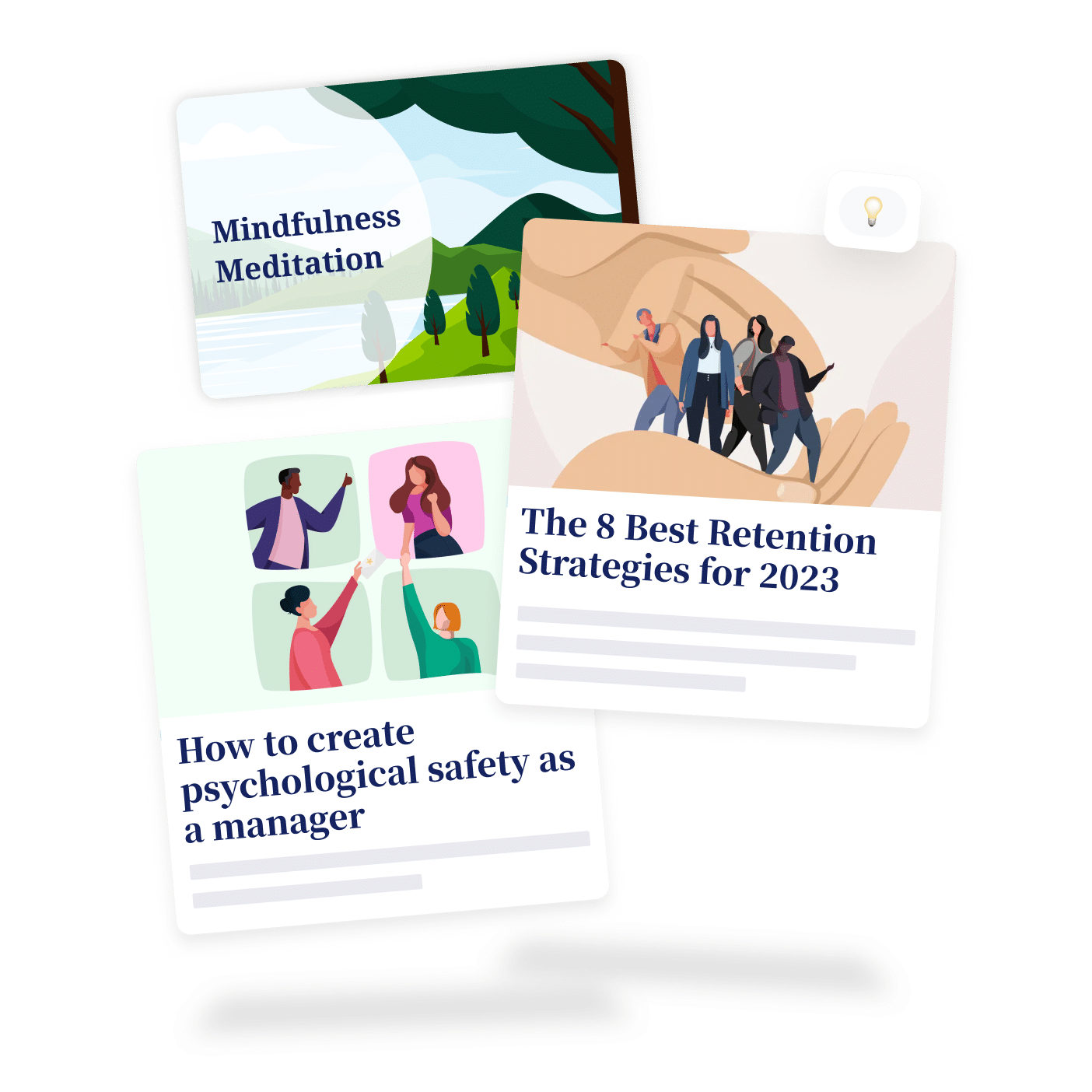In this article, we look at the biggest challenges of virtual leadership and share psychologist Willemijn Pels Rijcken’s top tips for how to do it effectively.

In this article, we look at the biggest challenges of virtual leadership and share psychologist Willemijn Pels Rijcken’s top tips for how to do it effectively.
Working remotely was a growing trend even in the pre-pandemic world. Globalisation meant that certain teams in larger organisations worked together on projects in multiple locations. In some sectors, such as IT, working from home was also the norm.
At the same time, technological innovations such as new tools led to digital working becoming easier in recent years.
The pandemic suddenly intensified this trend massively. However, the mandatory measures also meant that managers who had previously only led in person suddenly had to learn a different leadership style – and often without support or guidelines.
This posed some challenges for employees. In a Statista survey, 21% of respondents said that working remotely meant they stayed at home far too often and 15% complained of increasing loneliness. This, of course, has a major impact on well-being – and a lack of well-being in turn affects productivity.
So what is the solution to this? Coming back to the office completely? Many employees are feeling pressured by their employer to do so, and have started to counteract office mandates through new trends like Coffee Badging.This involves employees going into the office briefly, usually to grab a coffee or socialise with co-workers, before leaving again.
📚 Read more on the topic: Responding to Your Employees’ Needs With a Person-Centred Company Culture
Stay up to date and get valuable insights on mental well-being in the workplace. Simply subscribe to our newsletter and receive monthly updates.
As discussed in the previous section, virtual leadership can be challenging – both for managers and employees. In the following section, Willemijn Pels Rijcken, a psychologist at OpenUp, offers some tips on how virtual leadership can be successful.
“It can be a particular challenge to create good team cohesion when you work mainly remotely,” says Willemijn. Schedule time for informal contact moments to overcome this challenge, for example by scheduling weekly check-ins.
“Informal events are important to feel connected,” says the psychologist. “Our time shouldn’t be allocated purely effectively, because then all contact is work-related and has no personal level.” So try to get all employees together at regular intervals and hold live events. If that is not possible, (digital) events are also a good idea.
It is often difficult for remote workers to stay connected to the organisation and keep up to date with current changes. “For example, CEOs can send weekly voice messages with an update about the company,” advises Willemijn. “It helps to be in touch regularly and at specific times to feel connected.” As a leader, it is also good to lower inhibitions and be available for last-minute meetings.
Discussing your mental well-being and challenges online can often be more challenging. “Open up to demonstrate that mental well-being can fluctuate and requires attention. Lead by example by being open,” advises the psychologist. It’s also crucial to engage in one-on-one conversations with all your team members and establish genuine connections with them. “When a team member comes to you with a challenge, trust that it’s genuine and avoid micromanaging; instead, focus on finding solutions,” Willemijn adds.
“It is important not to micromanage and trust that team members working from home can perform just as effectively,” advises Willemijn. Establishing a culture of trust is especially vital in hybrid leadership. The old adage “trust is good, control is better” is becoming outdated. Leadership expert and non-fiction author Karin Lausch is well-versed in the office duty debate within companies and offers a critical perspective. “Control not only ensures order, it also leads to fake work,” says Lausch.
💡Did you know that trust is the foundation of psychological safety? Read more about it in our blog post: How to Create Psychological Safety at Work as a Manager
“Ask your team members what they want and need,” advises Willemijn. Some staff members are good at working completely independently, while others need more support. That’s why it’s so essential to ask your team members in one-on-one meetings how you can actively support them. If employees express challenges with remote or hybrid working, you can, for example, encourage them to organise themselves or clarify responsibilities.
Most employees did not get enough feedback during the pandemic, according to a 2023 Personio study. 37% even say that the pandemic has affected their career. Feedback, whether positive or critical, should not be avoided just because the environment has changed. Try to give feedback regularly, because then feedback conversations will be seen as something normal that is part of the company culture and not something to be feared.
Do you find virtual leadership challenging, or do you feel that your organisation could benefit from additional support? Often, it is helpful to seek assistance from an external party. For instance, OpenUp’s psychologists can provide support to your employees in one-on-one online sessions and assist leaders in fostering a healthy and open company culture. Find out how OpenUp can accompany you on your journey.

Sign up for our monthly newsletter to stay up to date with the latest blogs, webinars, interviews and information on mental wellness for your employees.